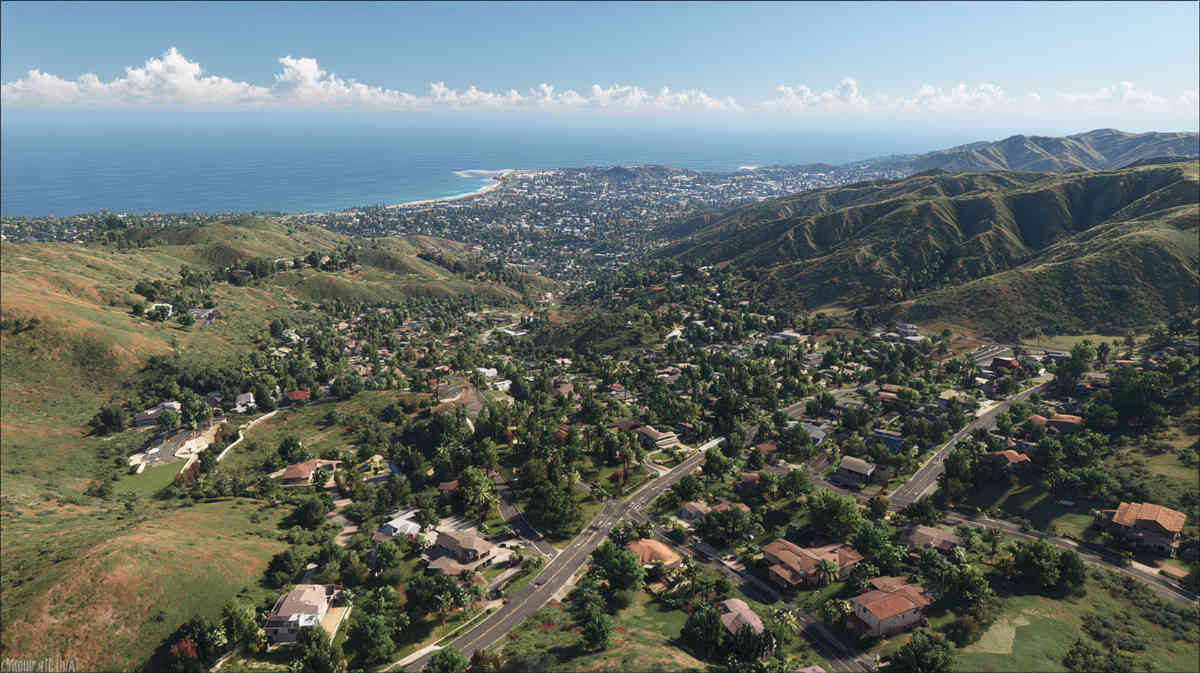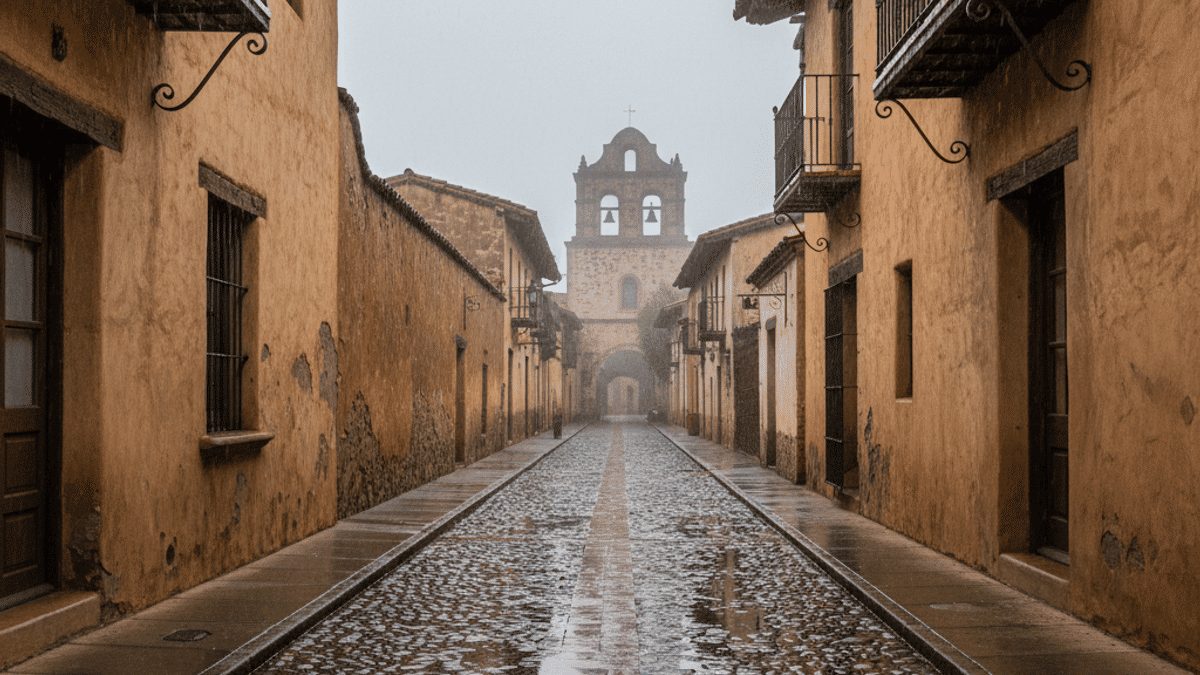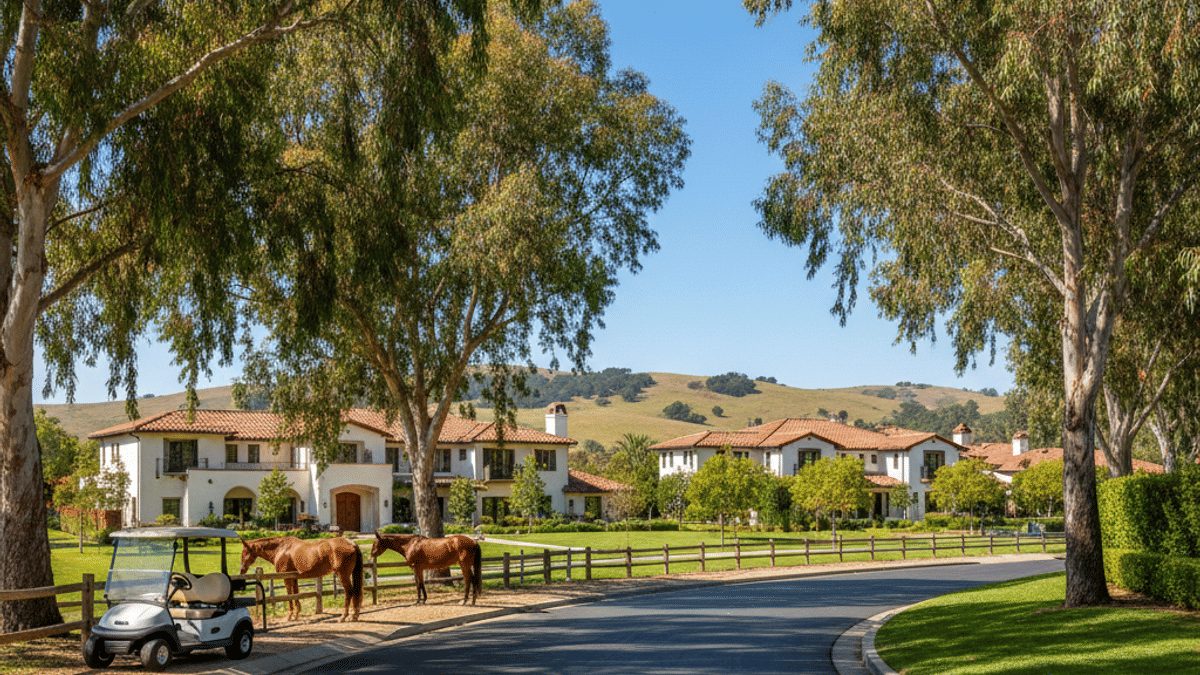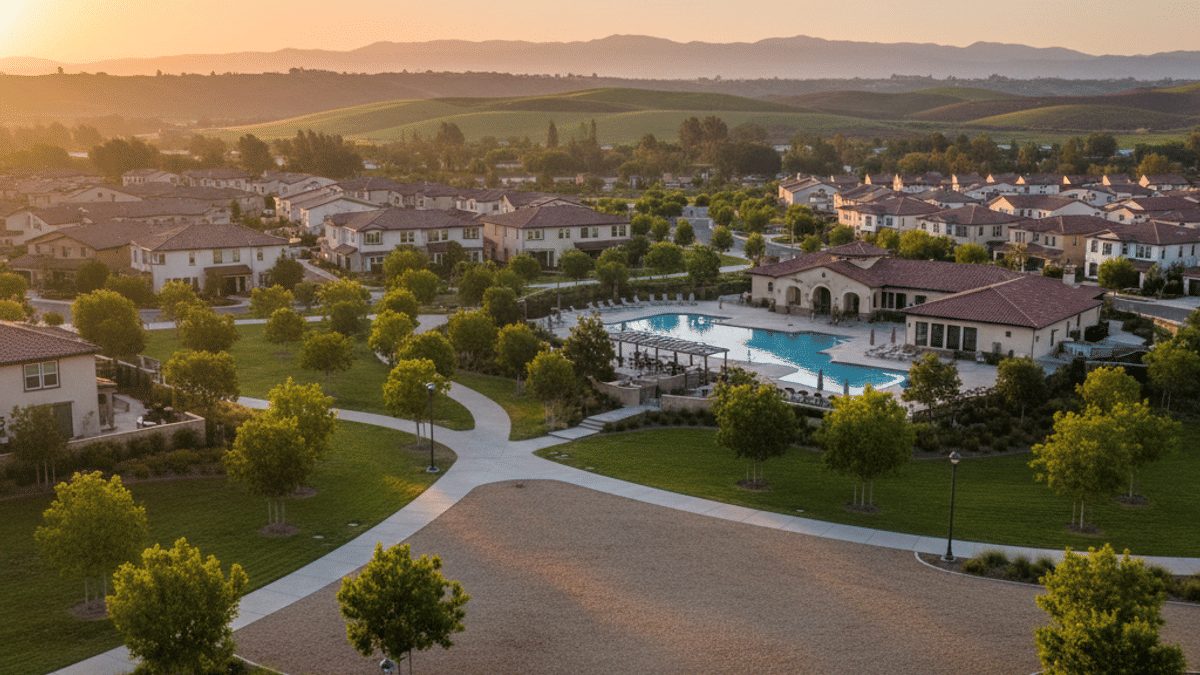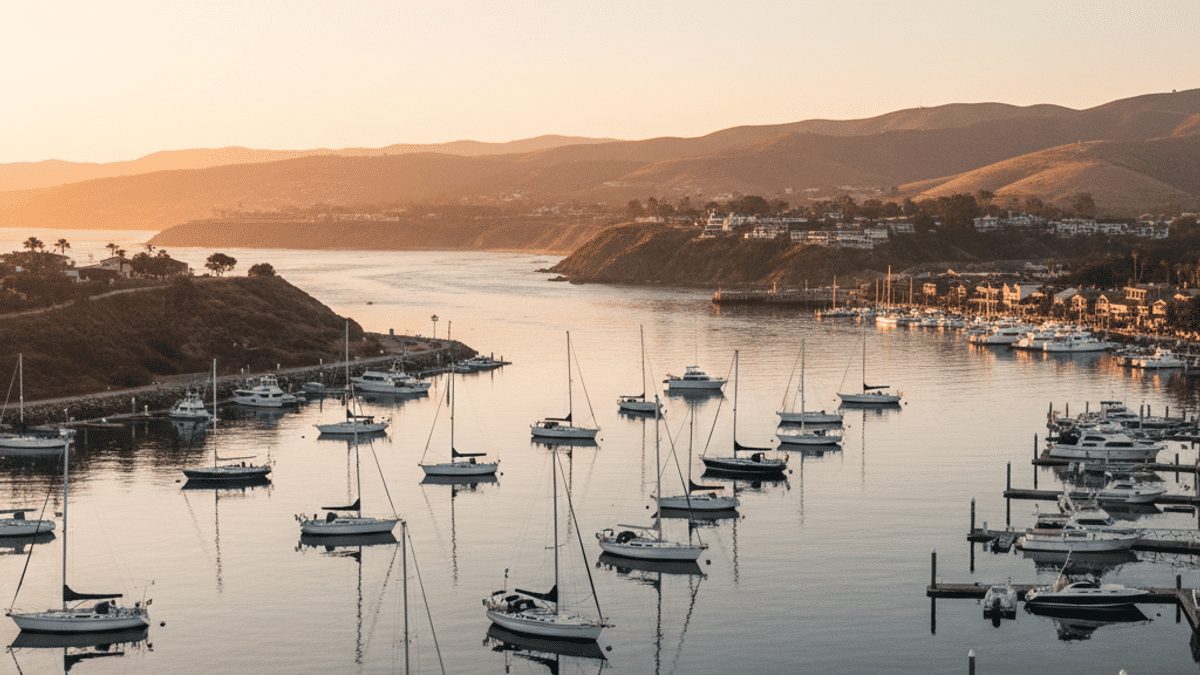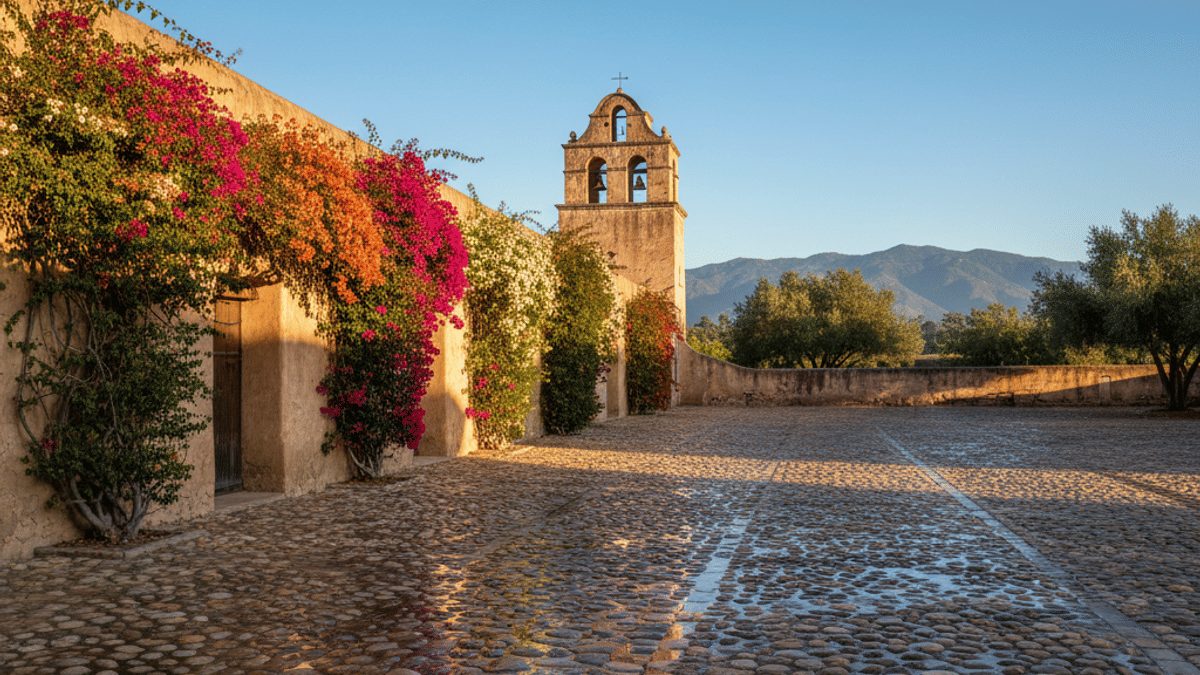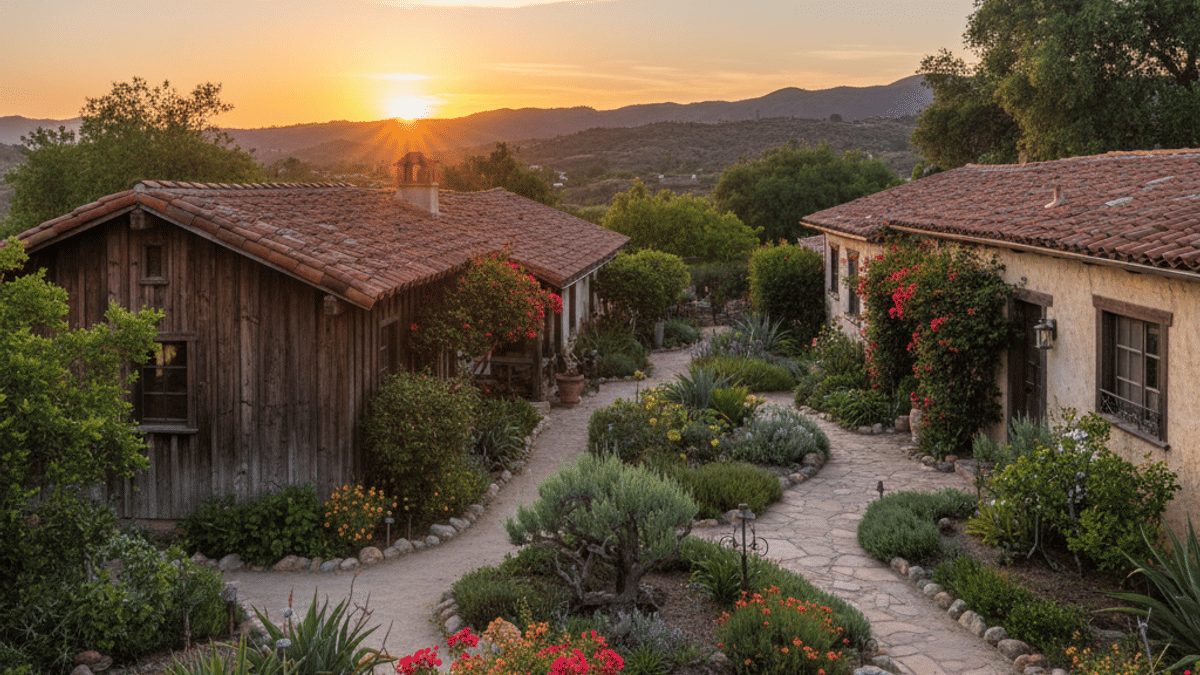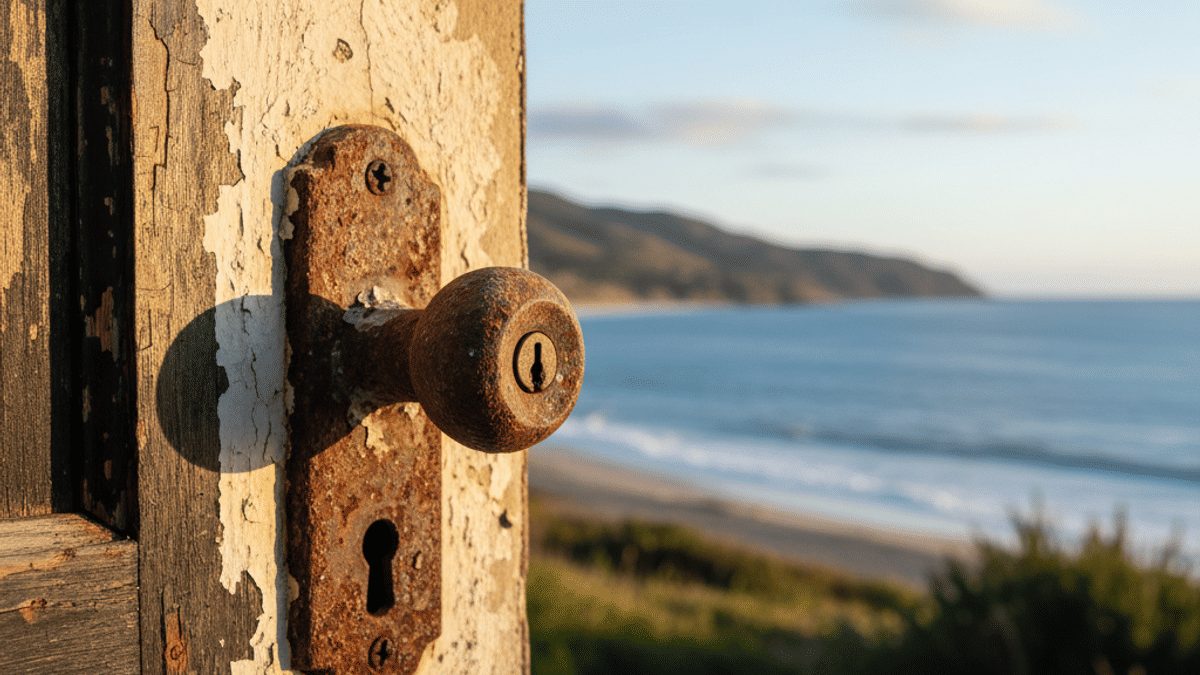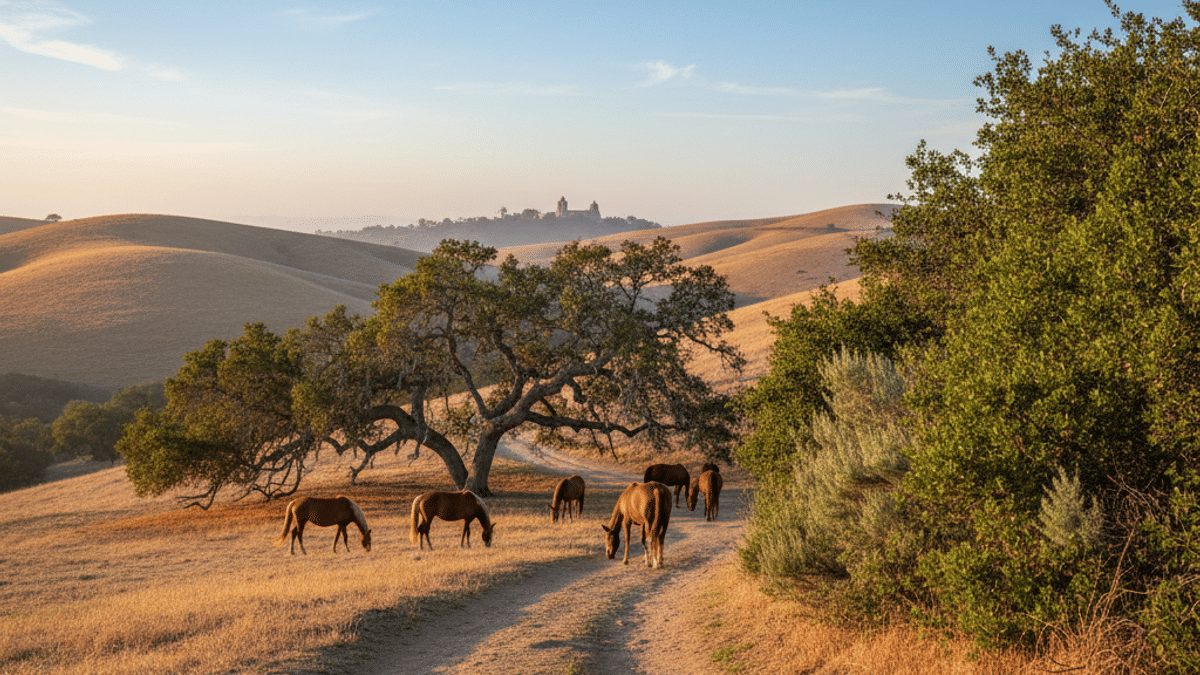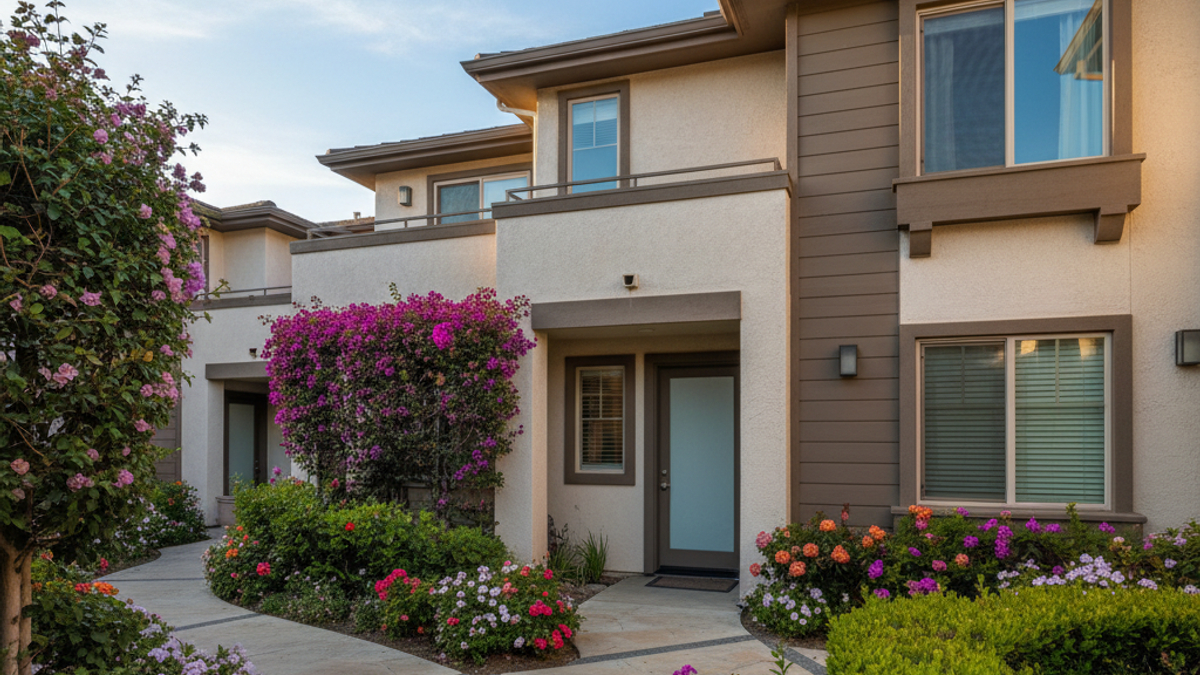A Two-Minute Snapshot
Laguna Niguel sits halfway between Los Angeles and San Diego, tucked into the green hills just three miles from the Pacific. Roughly 65,000 people call it home in early 2025, and that headcount keeps nudging upward while many inland cities flatten out. The housing picture? Median sale price hovers near $1.35 million, up a touch over four percent year-on-year, yet still below its glitzier coastal neighbors. New listings last just 21 days on average, so buyers are quick on the draw. Local brokers whisper that inbound moves outnumber exits by about three-to-one, most of them remote workers chasing ocean breezes without the tourist mobs you see in Laguna Beach next door.
Why Laguna Niguel Makes People Smile
You want the bright side first, so let’s talk highlights.
Nature everywhere
More than one-third of the city is open space. Aliso & Wood Canyons Wilderness Park sprawls along the northern edge with 30-plus miles of dusty single-track where you’ll bump into owls at dawn. A coastal ridge blocks some of that sticky summer heat. Spend an afternoon in Mission Viejo, then drive the eight minutes into Laguna Niguel and feel the temperature drop five, sometimes ten degrees. Local meteorologists even have a name for it: the Nigel Nudge. Laguna Niguel Lake gets stocked with trout each winter. Hook a fish, fry it up by dinner. Simple pleasures.
Schools that crowd-source success
Capistrano Unified runs the public campuses. What most outsiders miss is how much volunteer muscle parents throw in—robotics labs, garden plots, after-school coding clubs. Test scores follow, sure, yet the real win is the peer network your kids build. One data point: at Niguel Hills Middle, 83 percent of eighth graders tried at least one advanced elective last year, double the county average.
Community with actual connective tissue
Block parties pop up without permits. Friday food-truck nights rotate through six pocket parks. A group called “Laguna Niguel Runners” clocks weekly sunrise miles then invades the local coffee shop still sweating. Newcomers get waved in, no secret handshake.
Job flexibility
South Orange County isn’t Silicon Valley, but you may be surprised. Crown Castle, City National, and a handful of biotech start-ups lease glassy offices near the 73 toll road. Even better, fiber-optic internet blankets every neighborhood, so Zoom warriors stay glitch-free.
Everyday conveniences within a five-mile bubble
Costco, Whole Foods, and a farmer-owned co-op live off La Paz Road. A small but mighty craft-brew scene pours hazy IPA at Artifex Brewery. Soka Performing Arts Center, seven minutes inland, brings in touring jazz acts without the Long Beach traffic jam.
Hidden-in-plain-sight perks
Laguna Niguel’s city hall owns three EV charging stations that are still free as of this morning. Plastic-free ordinances push restaurants to use bamboo utensils, and the annual Earth Day swap-meet lets residents trade garden tools or surfboards instead of buying new. Little things, big cumulative savings.
The Stuff That Can Trip You Up
No place is perfect. Here’s what people sometimes learn after moving in—wish someone had told them sooner.
Sticker shock never really fades
A $1.35 million median sounds digestible against Newport or Dana Point, yet remember the down-payment math: 20 percent equals $270,000. Insurance adds another wrinkle because hillside lots bump premiums, and recent wildfire maps expanded. Count on at least $300 a month there. Property taxes ride in around 1.1 percent, then some streets stack a Mello-Roos assessment for school bond repayment. Adds up fast.
HOA culture runs deep
Roughly 80 percent of the city’s housing sits inside an association. Fees range from $90 to $400 monthly, with architectural review boards that care—really care—about paint color or mailbox height. You can fight a violation, but it feels like an extra part-time job. If you crave full exterior freedom, hunt carefully.
Traffic clogs, even with the ocean breeze
Pacific Coast Highway is gorgeous until a weekend swell arrives and surfers jam both lanes. The 5 freeway, your lifeline to L.A., slows to 16 m.p.h. some weekday mornings according to Caltrans sensors. Commuter rail exists—Metrolink stops in nearby Laguna Niguel/Mission Viejo station—yet trains skip late-night slots, leaving rideshare as Plan B.
Nightlife lite
Craft beer and farm-to-table dinners, yes. Rooftop clubs that roar past midnight, not so much. If you crave that scene, you’ll be pointing the car toward Costa Mesa or downtown Santa Ana.
Fog and marine layer blues
From May through early July locals joke about “June Gloom,” a gray blanket that can linger until lunch. It tampers sunlight for solar panels and feels chilly if you expected a postcard beach morning. Not a deal-breaker, but set expectations.
Limited starter-home inventory
Most subdivisions went up in the late 80s and 90s when lot sizes were generous. Builders today focus on luxury infill, so the two-bedroom bungalow under 1,200 square feet is an endangered species. If that is your price anchor, you might look inland first.
Tiny quirks that bug certain folks
Cell coverage fades in the deepest canyon streets. Only one city dog park, and parking fills by 8 a.m. on Saturdays. Morning school drop-off near Crown Valley feels like an airport runway.
Ready to Balance the Scale?
Laguna Niguel delivers golden-hour hikes, solid schools, and a community that actually waves hello. It also asks for thick skin around HOA letters, patience on the 5 freeway, and a wallet that can handle a seven-figure mortgage plus the extras nobody brags about on Instagram. Your decision really turns on priorities. If a mild microclimate and trailheads outside your back gate energize you more than neon nightlife, the pros outweigh the cons. If affordability tops the wish list, you may keep scrolling the map inland. Either way, clarity beats guesswork, and now you own the numbers plus the nuance.
Quick-Fire FAQs for Future Locals
How far is the beach, really?
Most neighborhoods sit three to five miles from Salt Creek or Aliso Beach. Ten-minute drive without surf traffic, twenty-plus when the swell is pumping.
Is there a genuine downtown?
Not in the traditional sense. Shops cluster in plazas like Ocean Ranch and Laguna Niguel Promenade. For a true main-street vibe, locals drive to nearby San Juan Capistrano.
What’s the rental market doing?
Two-bedroom condos average about $3,200 a month in early 2025. Inventory tightens in summer because traveling medical pros and seasonal tech contractors flood the listings.
Are short-term rentals allowed?
Only in pockets that meet stringent city guidelines and collect transient-occupancy tax. Most HOAs flat-out prohibit stays under 30 days, so verify before you bank on Airbnb income.
How does wildfire preparation work in canyon neighborhoods?
The city mandates annual brush clearance and stages community drills every October. Some insurers now require private fire-hardening inspections before renewal. Budget both the time and funds.
Is solar worth it given the marine layer?
Panels still pencil out over eight to nine years because sunshine dominates the other ten months. Just size the system around the gloomy stretch in late spring.
Which utility costs surprise newcomers?
Water. Tiered pricing kicks in fast thanks to ongoing drought restrictions. Xeriscaping and dual-flush toilets shave a noticeable chunk off the bill.
Now you’ve got the straight talk—the sparkle and the sand traps—so you can decide whether Laguna Niguel earns a pin on your “next-move” board.

